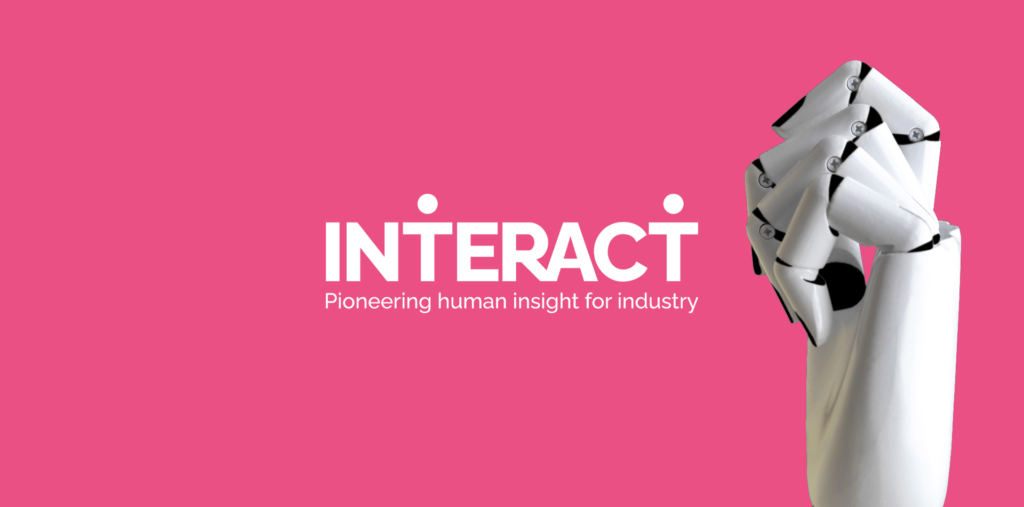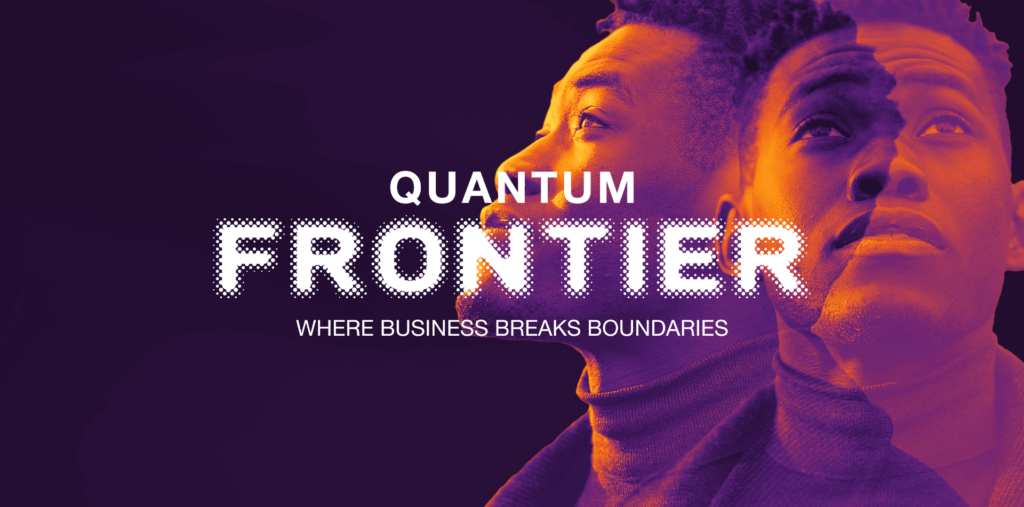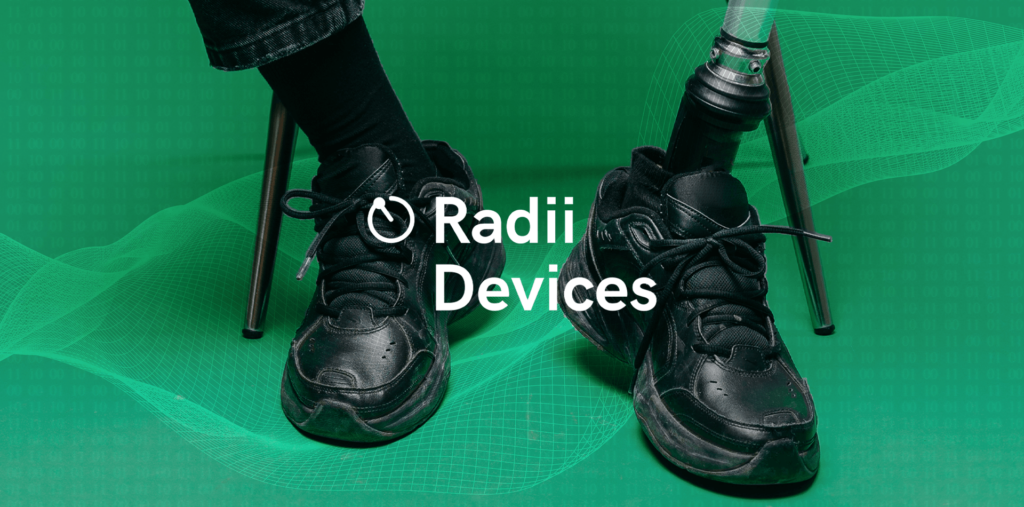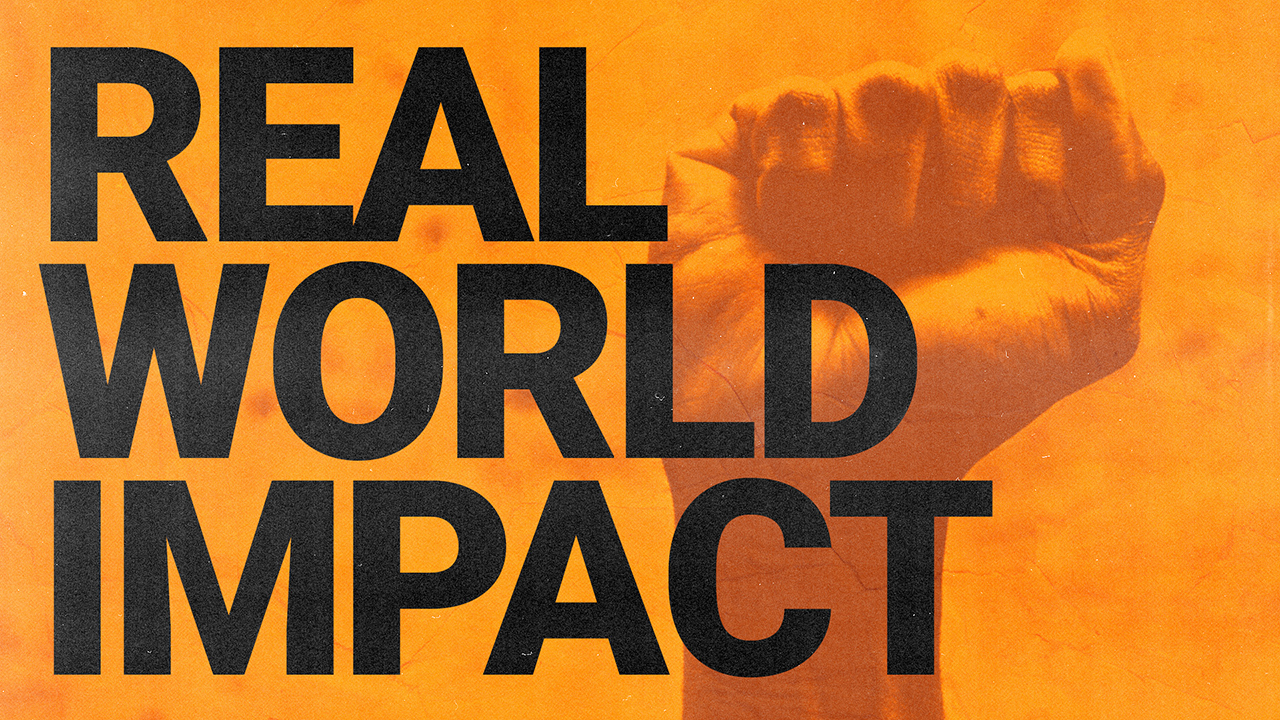IAN BATES
If there’s one word I hear regularly among the academic and innovation community in the UK and mainland Europe it’s impact.
What do we mean by impact?
A common understanding has emerged, along with a standardised method of measuring real-world impact. The United Nations Sustainable Development Goals (SDGs) have become a touchstone to evaluate performance and are used by organisations like the Times Higher Education University Rankings. And usefully, the Research Excellence Framework (REF) has defined impact as … “the effect on, change or benefit to the economy, society, culture, public policy or services, health, the environment or quality of life, beyond academia.” (in Guide to the REF results).
So it’s about how cutting-edge research is unlocked to release its full potential and make positive contributions to global challenges. That gets us all on the same page. But can practices normally associated with commercial brand building contribute to fast-tracking real-world impact from the research at institutions such as RWTH Aachen University?

Ian Bates
Ian Bates is the Founder and Creative Partner at Firehaus, the brand consultancy for higher education institutions, enterprise hubs and spin-outs. He worked with many global blue-chip brands and has created, reviewed and judged thousands of creative campaigns over a 30+ year career. He has helped found, build, merge and sell agencies – leading multi-disciplinary creative teams. He was a tutor for the Institute of Data & Marketing, a GRT Trustee and a speaker at more events than he can remember, including Cannes. His awards include the prestigious DMA Grand Prix. He has judged for D&AD, The Drum, DMA & BIMA among many others.
Let’s start with what we mean by brand, so we remain on the same page.
A brand is not a logo or a colour palette. It is not something captured in a book or powerpoint. Insightfully Calin Hertioga and Johannes Christensen, define a brand as“A brand is the sum of all expressions by which an entity (person, organization, company, business unit, city, nation, etc.) intends to be recognized.” (in Interbrand).
Critically, these expressions are communicated – in words, pictures and behaviours. Many will talk about this in terms of anthropomorphization. I’m going to boldly suggest that what is potentially holding back research from making impact is not funding. It’s being able to communicate beyond the confines of academia to engage policymakers, corporate partners, investors and yes – the media. It is a matter of science communication. And that’s why approaches used in brand building are important tools for researchers to embrace.
Of course, not every piece of research needs to become a ‘brand’. But if the intention is for your school, institute, academic consortium or research team to engage and influence a variety of audiences over time and deliver real-world impact, then creating distinct brand associations in their hearts and minds will increase recall, engagement and efficiency in communications.
That’s called brand positioning.
Future partners and associates should also experience brand behaviours that are consistent with this identity. There’s no point in talking about being collaborative for instance if, in reality, everyone experiences quite the opposite.
In business the imperative to communicate with a wide range of people (even in niche markets) forces organisations to be clear about why they deserve their attention (which is in short supply), and their hard-earned cash (in increasingly short supply).
So, thinking of academic research through these optics leads to problematising through the questions:
- Why do you deserve our attention (or ‘what problem are you solving’)?
- Why do you deserve our funding?
As one might imagine, the people asking these questions aren’t waiting for the contents of a thesis to drop into their inbox in response. A satisfying answer requires a story – a narrative that your audiences (and for research there’s always more than one) can see themselves as part of, a picture to understand and respond to – intellectually and emotionally. Far from dumbing down research this implies increasing impact, its value and frankly, without any contradiction, fame.
A cohesive brand identity will increase the likelihood of maintaining a culture of innovation and…
- intensify the clarity and communication of an institution’s purpose, mission and vision;
- inspire emotional engagement;
- invigorate internal stakeholders.
For research to impact a wider audience than merely academic:
- It needs a simple, distinct story and visual short-hand;
- It needs positioning in contemporary culture(s);
- And it needs an emotional heart.
I acknowledge there is a tension between the universities as hives of education, research and personal development on the one hand, and as engines of commercial enterprise on the other. This tension can lead to a reluctance in embracing methodologies normally applied to business. Brand building shouldn’t be one of them.
There is significant value to be gained from adopting approaches commonly used in commercial organisations. Brand methodologies can not only improve communication but also help to lay the organisational and cultural foundations that support continued innovation and supercharge research and enterprise, leading to corporate partnerships, spin-outs and real-world impact.
I experienced an example of the positive impact created by articulating a Purpose, Mission and Vision within one large university school. After a simple 60 minute on-boarding process, we engaged over 120 academics in developing new ideas for how they’d bring their fledgling new brand to life – with some truly innovative results affecting course structures, research focus, corporate partnerships and professional development.
Changing the world, even a little part of it, for the better is too important for the impact of transformative research to remain in an academic journal paper or the confines of an institution. It’s terrible to think that the answers to some of the world’s most intractable problems are locked away when they could be out there to implement, further exploration and multiple interpretations. Communication lies at the heart of this challenge. Brand building methodologies might help universities get there.
Mini-case studies

Interact – Pioneering Human Insight for Industry
A Made Smarter Innovation funded, Economic and Social Research Council-led network that needed a narrative to speak to three distinct audiences – researchers, industrial digital technology (IDT) providers and manufacturers. By articulating a shared sense of purpose and creating a compelling name and narrative, InterAct has rapidly expanded its reach and built a distinct brand identity, developing hundreds of connections within the wider manufacturing ecosystem. It has now committed over £1.2 million of funding to 37 different research projects, incorporating dozens of UK universities, with the aim of creating human insight focused outputs to inform a rapidly growing community of policymakers, IDT providers and manufacturing businesses.

Discribe – Imagining Secure Digital Futures
This is a groundbreaking social science-led digital security research programme. Social sciences are woefully underrepresented in the sector, despite potentially having a significant role to play. With a redefined narrative and proposition it will shortly become part of a new University of Bath institute.

Quantum Frontier – Where Business Breaks Boundaries
Initiated by University of Bristol this project will shift the perception of what’s possible at the extremes of commercial innovation. The brand we created collaboratively with the team will foster collaboration between researchers, corporate partners and civic authorities to sit at the cutting edge of global innovation and enterprise.

Radii Devices
This academic spin-out was finding it difficult to articulate the global applications for their research. An intervention using brand building principles has given the team a new-found confidence in communication and unlocked the story that has opened further investment and potential markets in Europe, the UK and US.
One Comment on “Supercharge the real-world impact of Research, Innovation and Enterprise with brand building methodologies”
Leave a Reply
You must be logged in to post a comment.





Pingback: c:o/re Highlights of 2023: A look back